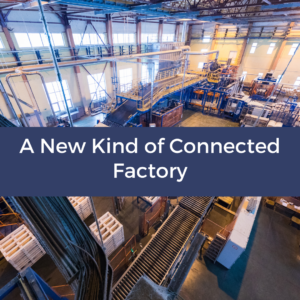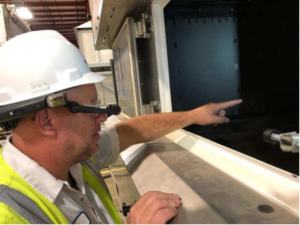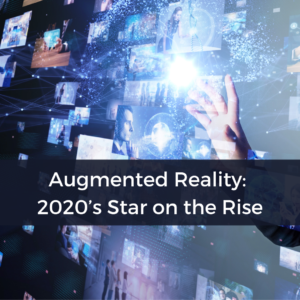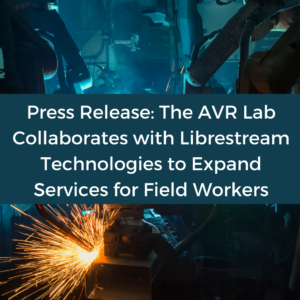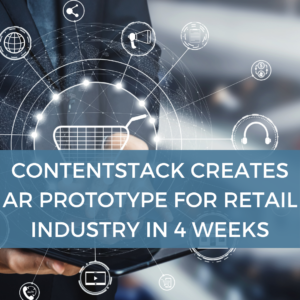IBM and Samsung collaborate to help businesses drive Industry 4.0 innovation
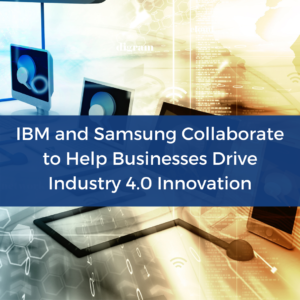
The two technology titans will look to explore enterprise-grade solutions for mobile edge computing and end-to-end private 5G networks that run on open architecture, looking to empower employees by use of 5G-enabled Samsung Galaxy devices.
The expansive collaboration will also see both companies studying how manufacturers can implement Industrial IoT (IIoT) solutions on private 5G/4G networks as well as 5G mobile devices. Naturally, Samsung Galaxy 5G will be utilized to research solutions, but so will Samsung’s end-to-end enterprise network solutions.
IBM on the other hand will bring its network management, hybrid cloud, and edge computing expertise to the table, combined Big Blue’s industrial AI applications and the open-source enterprise framework of leading solutions supplier Red Hat.
The hybridization of these various 4IR technologies by leveraging the capabilities of 5G devices, cloud-native 5G networks, and advanced edge computing platforms, is building up from another recent partnership between Samsung and Red Hat, where Samsung’s 5G network solutions where be built on Red Hat OpenShift containerized infrastructure – allowing enterprises to quickly deploy or customize personalized solutions across any cloud, on-premise, or private network environment.
The goal is to develop open, hybrid cloud solutions that enable enterprises to glean greater insights from data gathered at the frontlines of 4IR organizations – be it from the factory floor, or an oil rig, or a regular office space. The research will ideally result in solutions that can improve operational performance, help reduce workplace errors, and also minimize downtime.
“The move to standalone 5G has accelerated the adoption of IIoT solutions and will require businesses to adopt an edge computing strategy that allows them to manage their IT environments from anywhere,” said KC Choi, Samsung Electronics’ EVP and the head of the Global Mobile B2B Team, Mobile Communications Business. “We are excited to work with IBM to discover how our unique devices, mobile IoT and network solutions can provide frontline workers with access to better data and more actionable insights to take their business to the next level.”
This formidable alliance of enterprise solution giants will also look at adopting crucial 4IR technologies like IoT, AI, cloud, edge computing, and augmented reality (AR) for private 5G networks. At the same time, brand new innovations being co-developed will be aimed at equipping workers with the 4IR-ready tools to identify manufacturing faults using AI-enabled image recognition, use thousands of IIoT sensors to build smart agriculture solutions, or facilitate employee training and productivity using AR.
“The transition of communication networks from proprietary architecture to intelligent, software-defined hybrid cloud platforms enables the creation of enormous new value in the 5G and edge era,” noted Steve Canepa, the Global GM and MD of IBM’s Communications Sector. “5G devices and network solutions from Samsung, along with IBM and Red Hat’s open, hybrid cloud capabilities, can help organizations across all industries accelerate their transformation and solve real business problems, while unlocking the true power of 5G and edge.”
